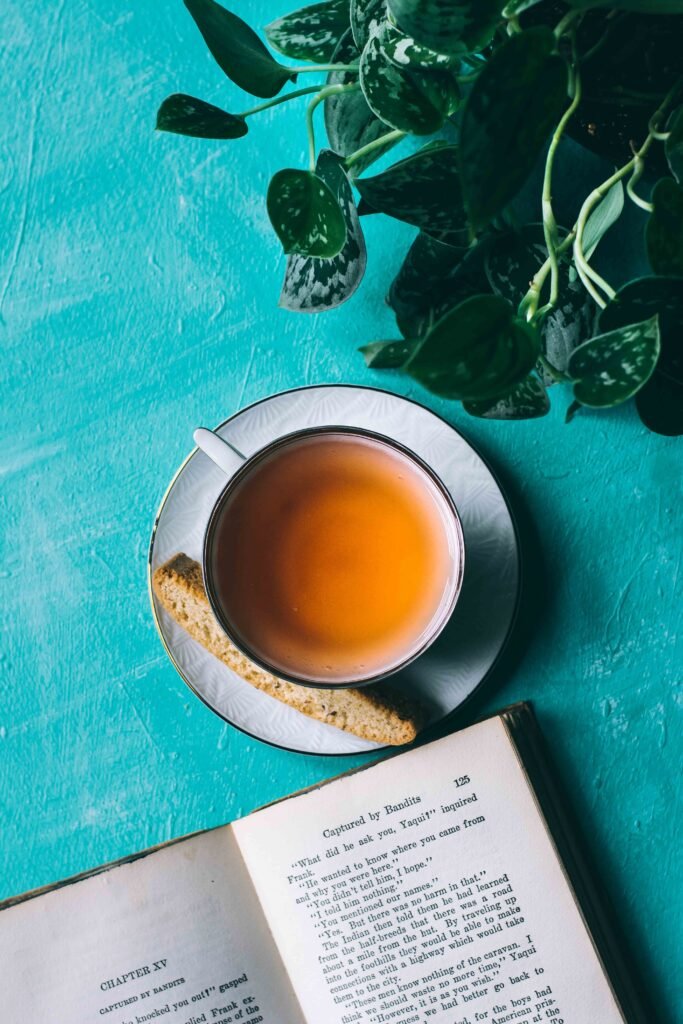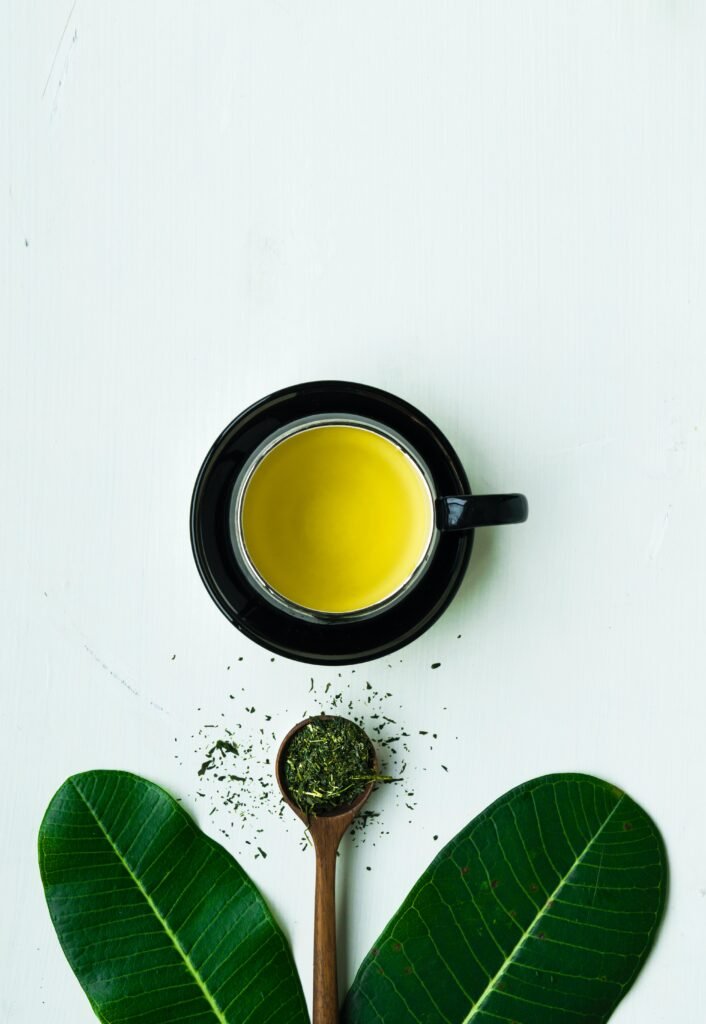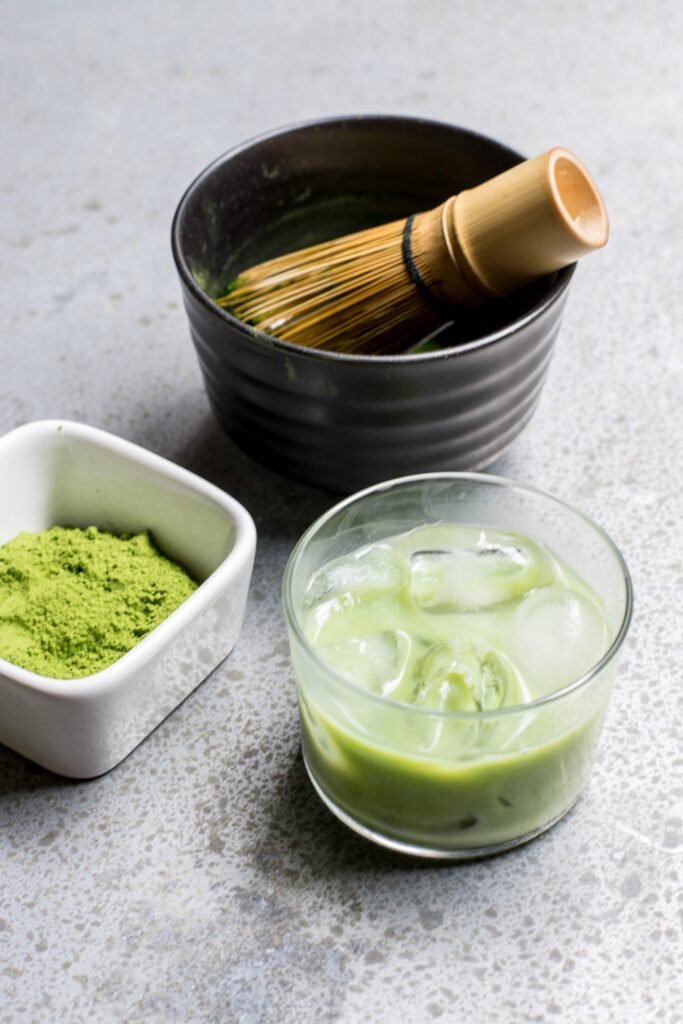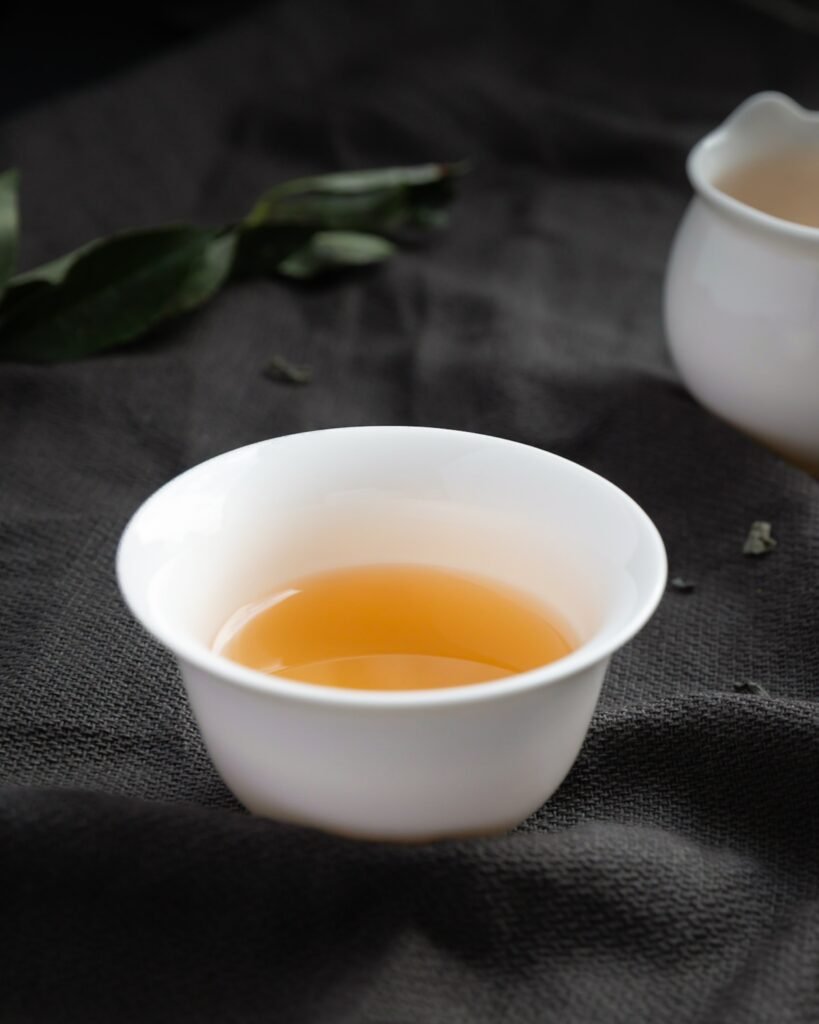Green tea, with its refreshing taste and potential health advantages, has long held a special place in the hearts and cups of tea enthusiasts worldwide. This article delves into the unique characteristics that define green tea, from its origins and processing methods to its diverse flavor profiles and potential impact on well-being. Characteristics of Green Tea: Unveiling the Vibrant Flavors and Healthful Benefits

- 1. Introduction
- 2. The Origins and Cultural Significance of Green Tea
- 3. Green Tea Production: From Leaves to Cup
- 4. A Spectrum of Flavors in Green Tea
- 5. Exploring the Health Benefits of Green Tea
- 6. The Art of Brewing Perfect Green Tea
- 7. Green Tea vs Other Tea Varieties
- 8. Innovative Green Tea Blends
- 9. Green Tea in Traditional and Modern Culture
- 10. Storing Green Tea for Freshness
- 11. Debunking Common Myths About Green Tea
- 12. Green Tea Ceremonies: A Spiritual Experience
- 13. Green Tea’s Role in Sustainability
- 14. The Global Rise of Green Tea
- 15. Conclusion
- FAQs
1. Introduction
Green tea, a beverage cherished for its rejuvenating qualities, has a rich history that intertwines tradition with modern wellness. This article uncovers the captivating characteristics that make green tea a beloved choice among tea aficionados.
2. The Origins and Cultural Significance of Green Tea
Originating in ancient China, green tea is deeply rooted in cultural practices and ceremonies. Its role in Japanese tea ceremonies and its significance in Asian cultures highlight its cultural importance.
3. Green Tea Production: From Leaves to Cup
Green tea is produced through a meticulous process that involves minimal oxidation of the tea leaves. This careful handling preserves the tea’s vibrant color and natural antioxidants.
4. A Spectrum of Flavors in Green Tea
Green tea’s flavor profile ranges from grassy and vegetal to nutty and sweet. These diverse flavors are influenced by factors like tea variety, growing region, and processing techniques.
5. Exploring the Health Benefits of Green Tea
Packed with polyphenols and catechins, green tea offers potential health advantages, including antioxidant properties, metabolism support, and cardiovascular benefits.
6. The Art of Brewing Perfect Green Tea
Brewing green tea requires precision to avoid bitterness and capture its delicate flavors. Lower water temperatures and shorter steeping times are key to a balanced cup.
7. Green Tea vs Other Tea Varieties
Green tea’s unoxidized nature sets it apart from black and oolong teas. Its fresh and grassy flavors create a distinct taste experience that appeals to a wide range of palates.
8. Innovative Green Tea Blends
Tea artisans and enthusiasts experiment with blending green tea with herbs, fruits, and spices, resulting in unique and flavorful combinations that cater to diverse preferences.
9. Green Tea in Traditional and Modern Culture
Green tea’s tradition extends beyond ceremonies to modern wellness practices. Its inclusion in everything from skincare to culinary creations showcases its versatility.
10. Storing Green Tea for Freshness
Proper storage is crucial to maintain the flavor and quality of green tea. Airtight containers, away from light and moisture, help preserve its freshness over time.
11. Debunking Common Myths About Green Tea
As a popular beverage, green tea is often surrounded by misconceptions. Separating fact from fiction allows enthusiasts to truly appreciate its benefits.
12. Green Tea Ceremonies: A Spiritual Experience
Green tea ceremonies, particularly in Japan, embody mindfulness and spiritual connection. These ceremonies showcase the synergy between tea and culture.
13. Green Tea’s Role in Sustainability
The cultivation and production of green tea align with sustainability efforts. Its natural processing and minimal oxidation contribute to a more eco-friendly tea choice.
14. The Global Rise of Green Tea
As global interest in wellness and diverse flavors grows, green tea’s popularity continues to rise. Its healthful properties and varied taste profiles appeal to a wide audience.
15. Conclusion
In a world that often moves at a fast pace, green tea provides a tranquil escape and a moment of mindful sipping. Its vibrant flavors, steeped in history and wellness, offer a bridge between ancient traditions and modern lifestyles. As you savor a cup of green tea, you’re embracing a beverage that not only delights the senses but also nurtures the body and soul.
FAQs
- Does green tea contain caffeine?Yes, green tea contains caffeine, but generally less than black tea.
- Is green tea suitable for all age groups?Yes, green tea can be enjoyed by individuals of various age groups, but moderation is key.
- Can I add sweeteners to green tea?While it’s possible to add sweeteners, many prefer to enjoy green tea’s natural flavors without additional sugar.
- Is green tea effective for weight loss?Some studies suggest that green tea’s compounds may support metabolism and weight management.
- Can I drink green tea on an empty stomach?Drinking green tea on an empty stomach is generally fine, but some people might prefer to have it with a light snack.
Contact Details:- 9499347308



